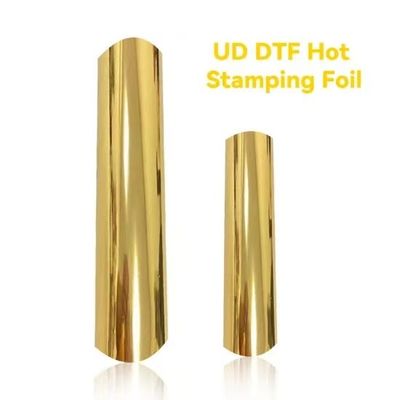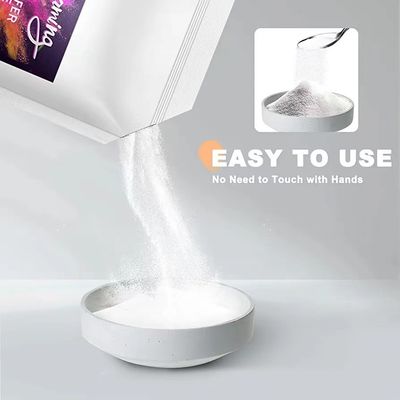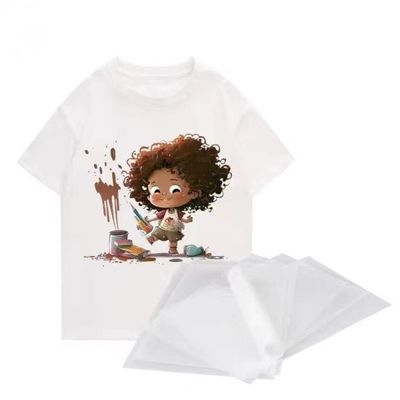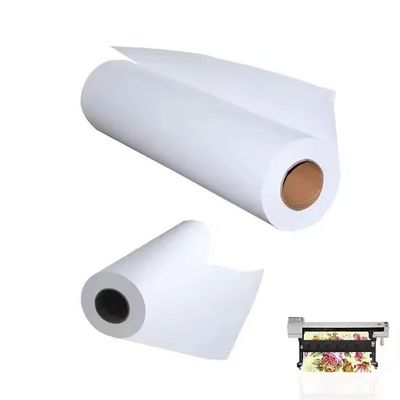Are your DTF printers running at full capacity? As a professional manufacturer, we want to address a common issue: why can’t all the powder on the DTF film be completely shaken off? Let’s explore this topic together.
In the world of digital printing, DTF printers hold a dominant position. Their essential partner, the powder shaker, plays a critical role, as it affects the adhesion of the heat transfer pattern.
The working principle of the powder shaker is straightforward. It involves three main steps: sprinkling the powder, shaking off the excess, and drying the heat transfer pattern that has been sprinkled with hot melt powder. Now, let’s analyze the reasons why the powder may not be completely shaken off the DTF film.
01. Ink Issues
If the white ink is too thin or contains too much moisture, it can lead to ink bleeding—where the oil and water from the white ink seep beyond the edges of the pattern. This can cause excess hot melt powder to adhere to the edges when shaking the powder. If you notice water stains around the printed pattern before powdering, it indicates an ink issue.
Solution: Change the ink or pre-dry the printed pattern before applying powder to improve this condition.
02. DTF Film Quality
If replacing the DTF film improves the issue under the same conditions, it’s likely that the original DTF film was of poor quality or incompatible with the ink.
Solution:Use a higher-quality DTF film.
03. Hot Melt Powder Problems
If the hot melt powder becomes wet, it can clump together, leading to visible glue edges around the pattern.
Solution: Ensure the hot melt powder is kept moisture-proof. If it has dampened, bake it briefly, sift it, and then refill the powder shaker.
04. Humidity Issues
High humidity can slow the drying of white ink. If the ink remains too wet, it can cause excess hot melt powder to stick to the edges, resulting in glue edges.
Solution:*Choose a DTF printer and powder shaker that incorporate a front drying system. Additionally, if humidity exceeds 65%, perform dehumidification to protect the equipment.
05. Static Electricity Issues
If the machine is not grounded, static electricity can build up on the DTF film, especially in dry weather, leading to powder sticking problems.
Solution: Ground the machine to mitigate this issue.
06. Machine Issues
If the previous factors have been addressed and powder still remains on the DTF film, the quality of the powder shaker may be insufficient. A high-quality DTF powder shaker typically operates in five stages: pre-drying, circulating powder dusting, separation and beating of the powder, suction tunnel drying, and material collection.
The grain shaker should have a pre-baking plate to minimize powder residue on the DTF film pattern. Utilizing a spiral dragon blade promotes even powder distribution, enhancing adhesion to the fabric and ensuring a stronger pattern. This method also reduces the likelihood of powder clumping and filter blockages.
The shaking process should use a separate patting method, allowing adjustments to shaking strength as needed. A drying tunnel of 750mm with two-stage independent heating ensures even drying, reducing issues like oil and moisture return, as well as preventing offset printing during pressing.
Features such as guide belt feeding and vacuum suction simplify the feeding operation, reducing film waste. Additionally, a dual-power paper take-up system with automatic induction rewinding allows convenient proofing and cutting. Finally, a dual-language control screen with integrated touch control makes every function user-friendly.



 Your message must be between 20-3,000 characters!
Your message must be between 20-3,000 characters! Please check your E-mail!
Please check your E-mail!  Your message must be between 20-3,000 characters!
Your message must be between 20-3,000 characters! Please check your E-mail!
Please check your E-mail! 




